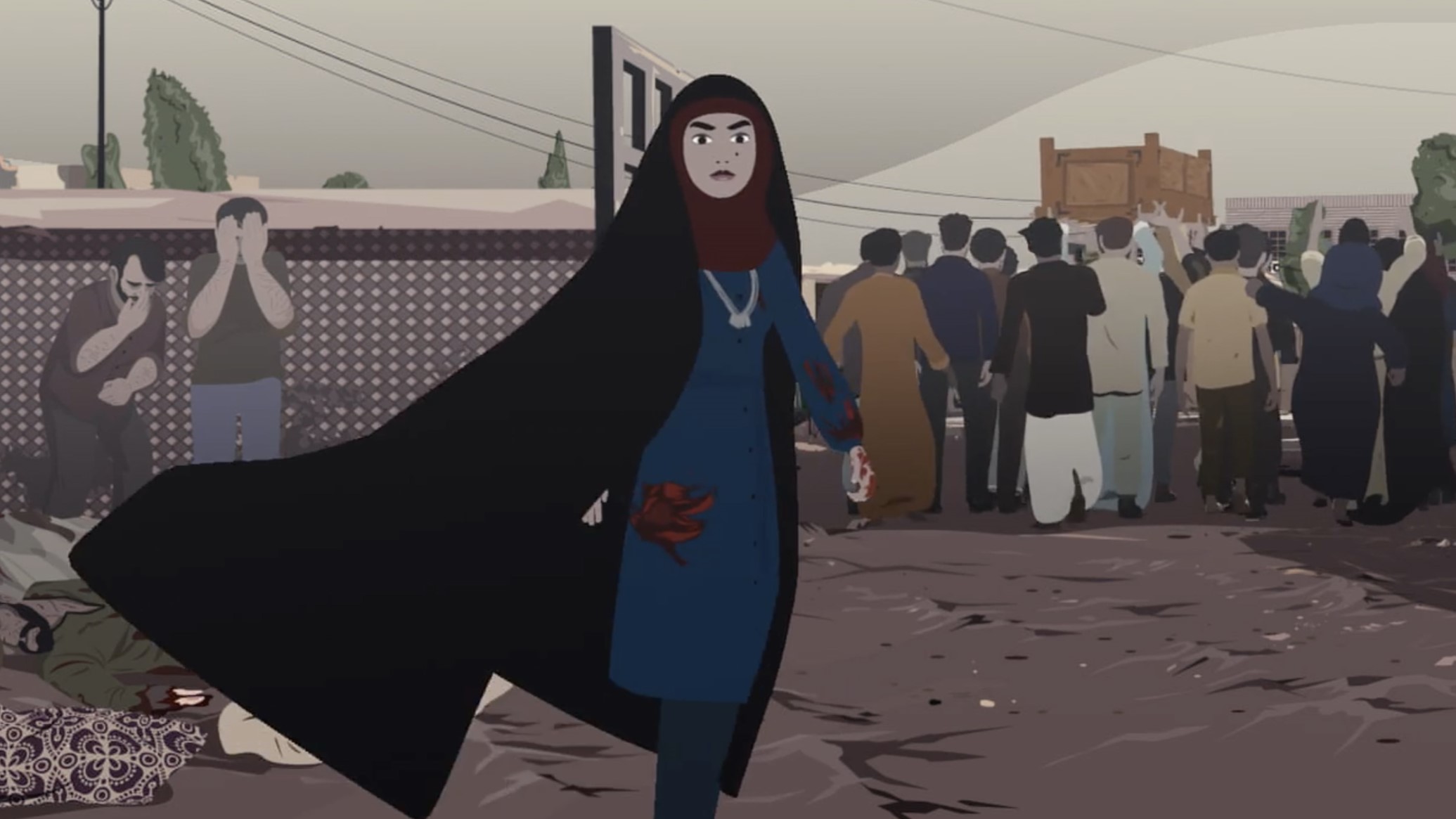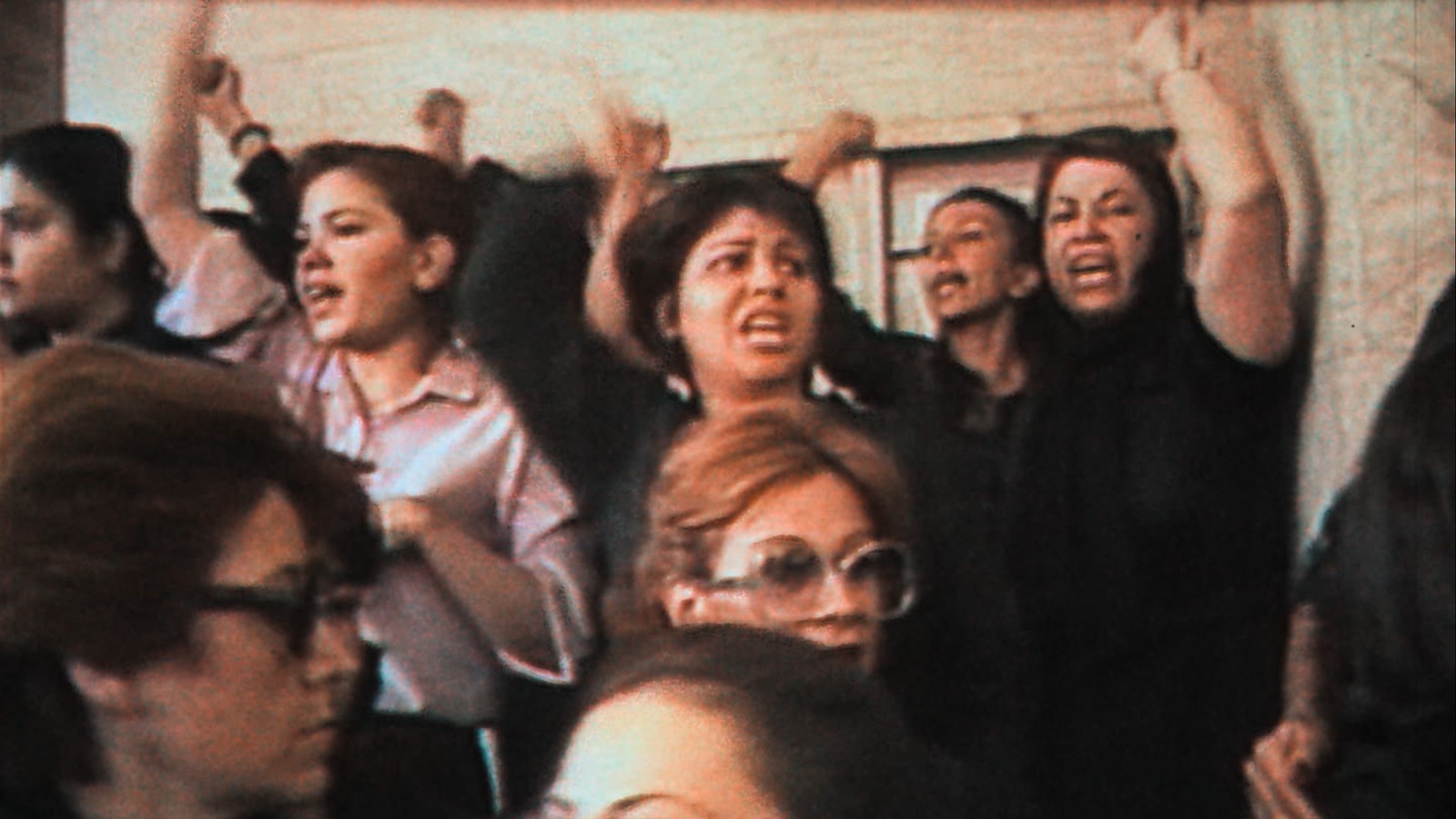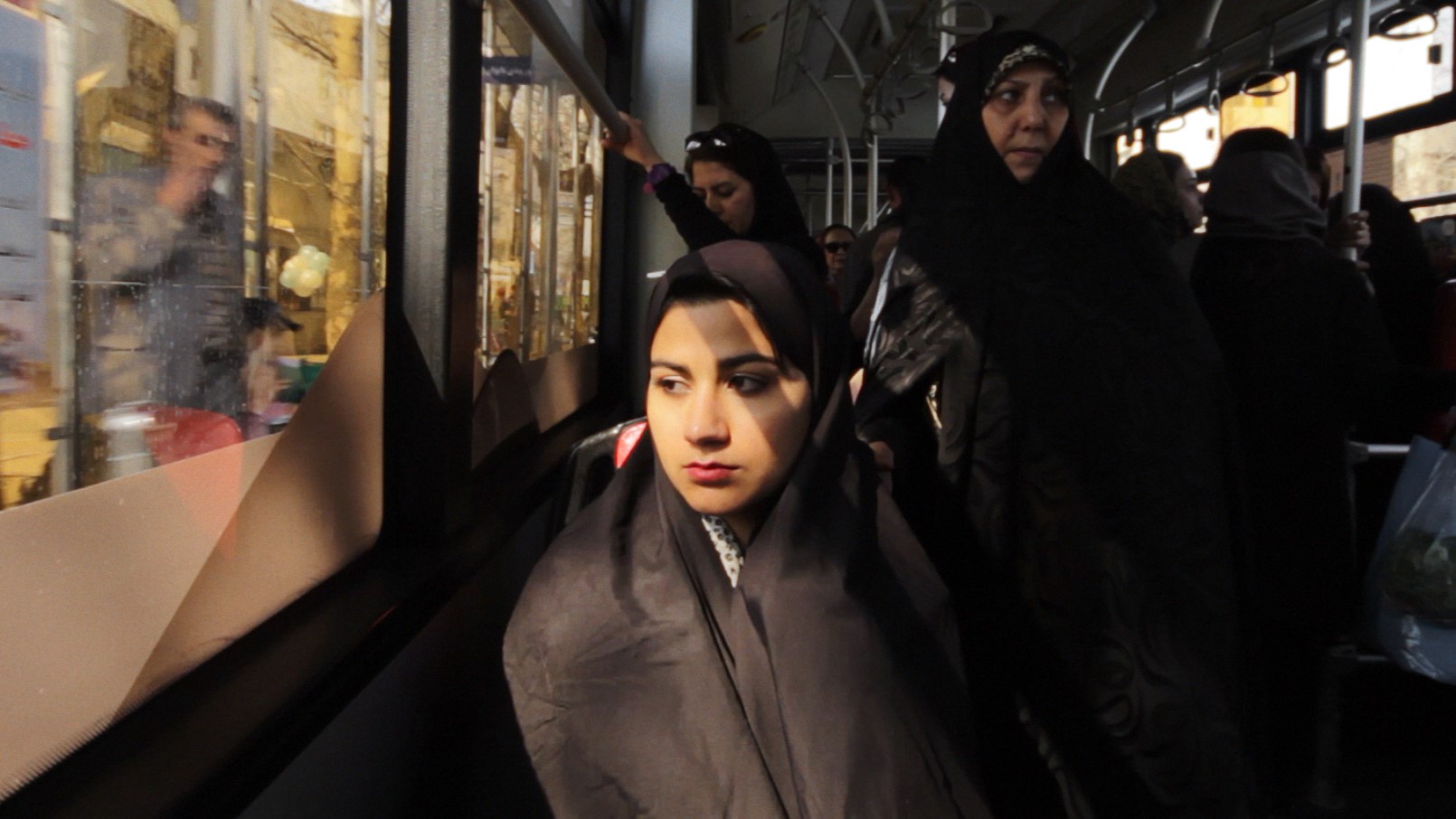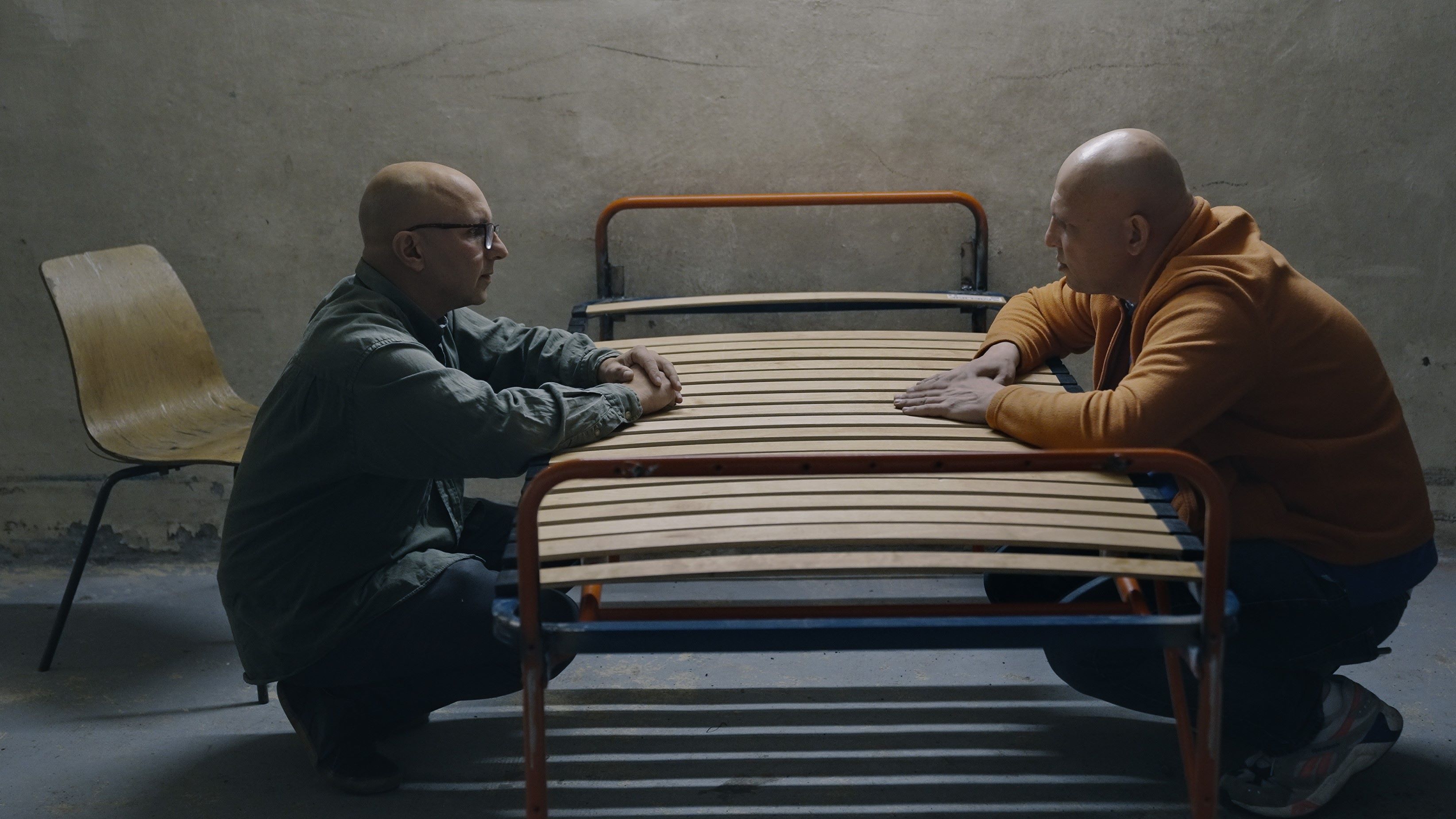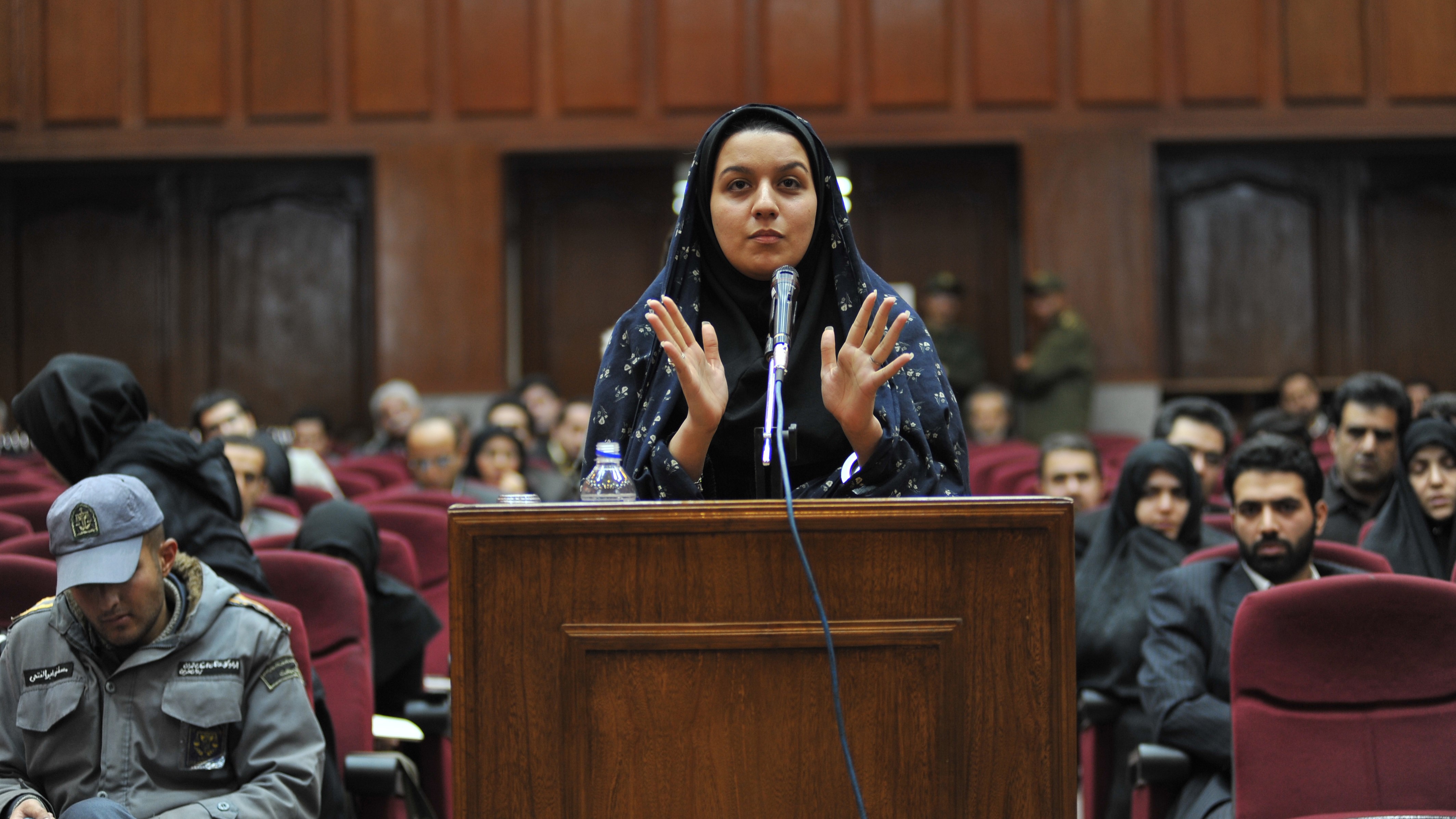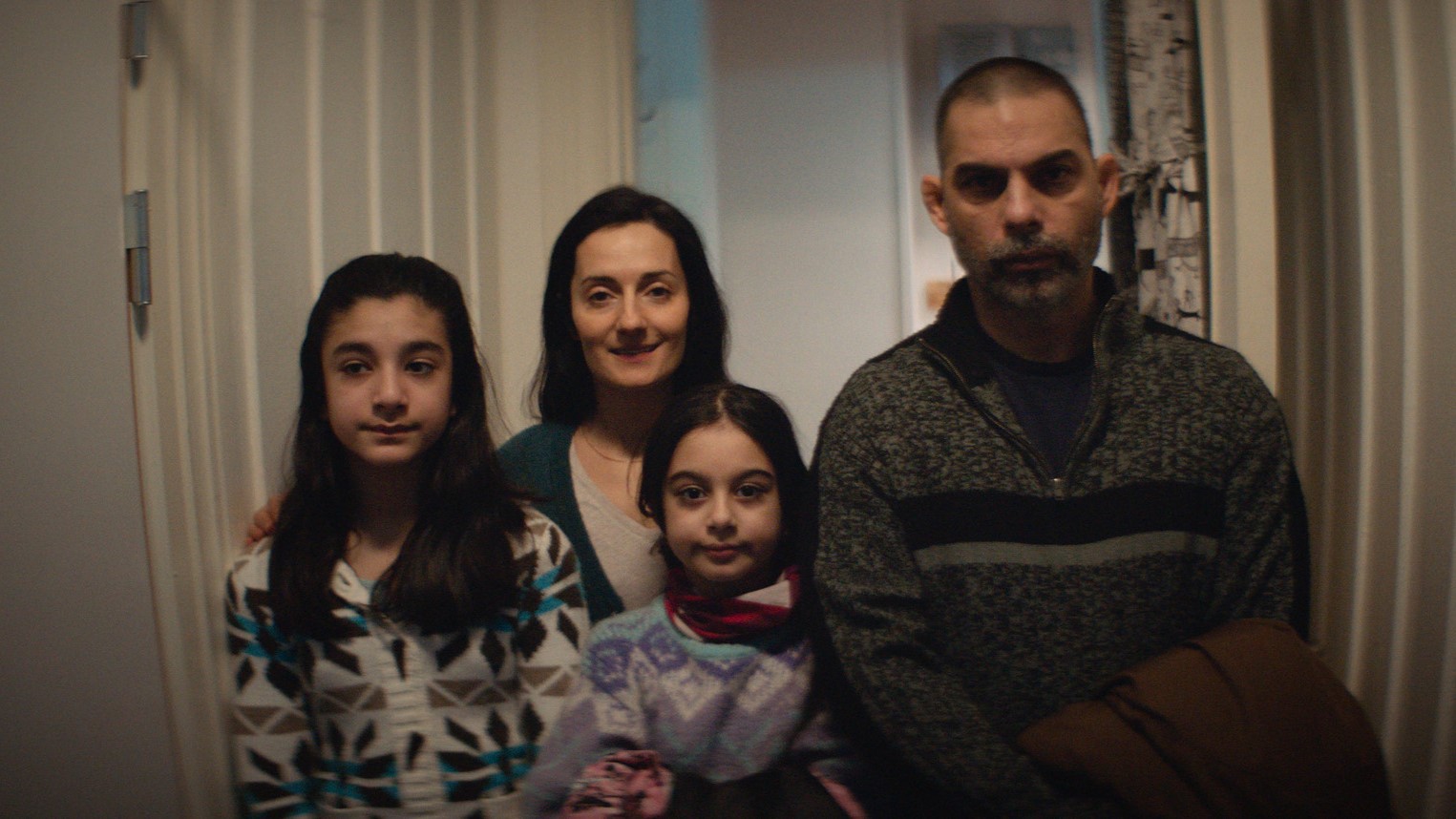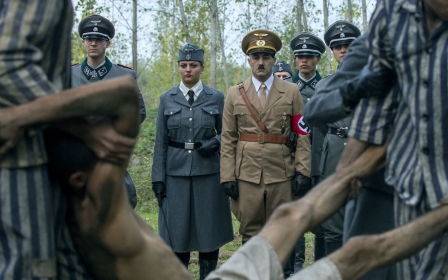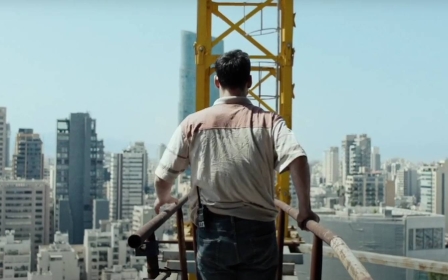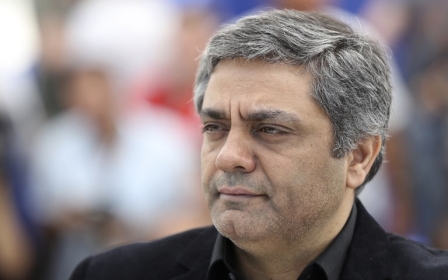Berlinale 2023: Old Iran and new Iran take centre stage at film festival
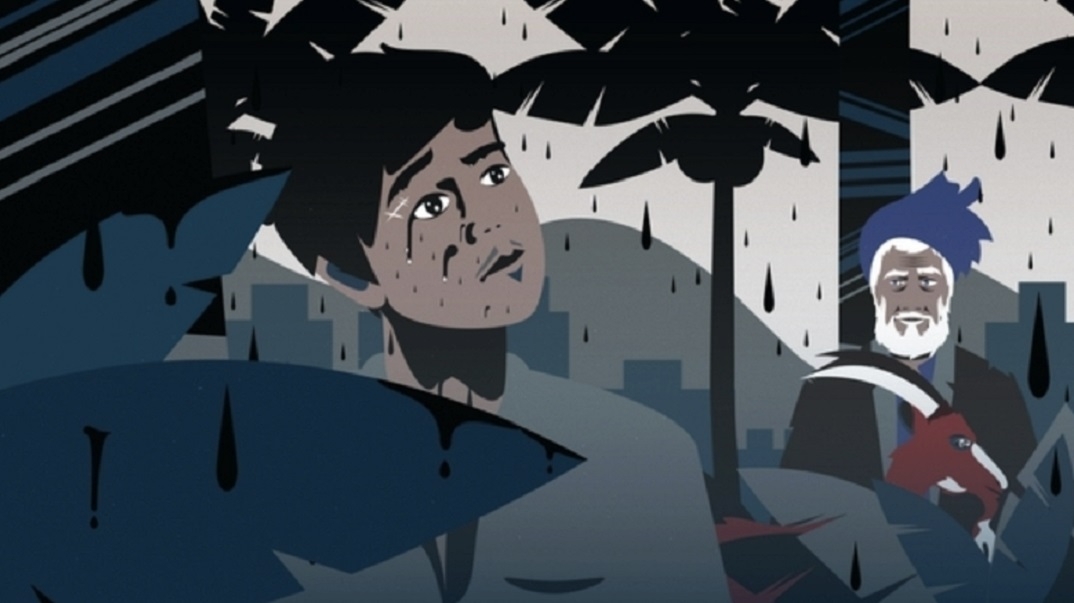
Free of Covid restrictions, the Berlin Film Fest, or Berlinale, is back in business. Yet as one of the world’s oldest and largest film fairs, it could not be more different from its last pre-pandemic outing in 2020.
Foreign films and most American indies no longer have a place in the decadent US film landscape.
The streaming giants, such as Netflix, Apple and Amazon, are increasingly risk-averse and European cinemas are increasingly reliant on Hollywood and a few breakout festival hits to survive.
Festivals like the Berlinale have thus become a utopian outlet of sorts where emerging filmmakers and conceptual artists share the limelight with the likes of Helen Mirren, Sean Penn and Steven Spielberg.
They serve as an egalitarian space offering challenging works a large viewership and wide publicity.
In the face of the domination of American streamers, the return of the Berlinale could not have been more welcome.
The event has always been the most political of the world’s top festivals and the 73rd edition was no different.
Iranian star Golshifteh Farahani, a member of the competition jury, spoke out against the Raisi regime. “This regime lies … executes. The prisons of Iran are full of innocent people,” she said in the opening ceremony.
Ukrainian President Volodymyr Zelenskyy, now a fixture in every major cultural event in the West, made an expected appearance via satellite.
“Can art be outside of politics?” he asked, continuing: “Should cinema be outside of politics? It’s an eternal question but today it is extremely [pertinent].”
Jury president, Kristen Stewart, meanwhile, signed off the festival’s guestbook with two words: “Fuck Putin.”
Most of the festival’s sections, especially the Panorama, were informed by some of today’s hot-button politics.
The festival offered a dual focus on Ukraine and Iran with eight films from the former and 10 from the latter in the lineup.
The Siren
With protests showing no signs of dying down, the Iranian films proved to be the hottest ticket amongst attendees.
The most anticipated title was Paris-based Sepideh Farsi’s animated feature, The Siren, a chronicle of the Iran-Iraq war as seen from the perspective of 14-year-old teenager Omid residing in Abadan, the largest port city in Iran.
Failing to join his older brother in the recently formed resistance militia, the youth stays put in his hometown to tend to his grandmother while attempting to carve a way out of the mounting chaos.
Bearing no relation to the current political landscape, The Siren – the opening film of the Panorama section – is a tender, loving recreation of the lost Abadan – a close-knit community populated with eccentric characters out of place in Khomeini’s Iran.
Chief amongst these characters is the reclusive singer Elaheh, who was forced into retirement following the overthrow of the Shah, who emerges as the embodiment of the old Iran – a near-mythical figure carrying the pain and sense of resignation of an irretrievable era. Beloved by both Iranians and Iraqis, Elaheh eventually emerges as a potential saviour for the depleted city.
There’s a lot to admire in The Siren, the most obvious of which is designer Zaven Najjar’s gorgeous animation, but the grounding of the story in realism dilutes its more fascinating surreal dimensions.
The streamlined use of animation, meanwhile, reduces the emotional intensity of a tale teeming with complex sentiments.
Comparisons with Persepolis will be made, but while The Siren is the more mature and less sensational of the two, it ultimately lacks Marjane Satrapi’s biting humor and inventiveness.
Between Revolutions
Less nostalgic and more pertinent is Vlad Petri’s engrossing found-footage documentary, Between Revolutions, a record of the decades-long correspondence between a female Romanian medical student and her Iranian colleague that mirrors the struggle of women in both Khomeini’s Iran and Ceaușescu’s Romania.
The Romanian facet of the story takes a backseat to the Iranian segment, which comes to life via rare footage of the waning days of the Shah. The jubilation and solidarity ignited by the end of the monarchy are soon replaced by fear and defeat, especially with regard to women’s position in the newly-formed Islamic Republic.
In possibly the most memorable sequence of the film, a number of unveiled women protestors are seen chanting “Down with the conservatives!”
The feminist demonstrations are then juxtaposed with louder, more aggressive remonstrations of a group of men shouting “Down with women not wearing hijab.”
There are various inadequacies with Petri’s approach, particularly in the occasional unfocused employment of the footage, and the unnecessary insinuations of lesbianism between the two students (the correspondence, Petri reveals at the end, is in fact fictitious).
But the power of the incredible footage ultimately carries the film through, providing a new piece in the still incomplete Iranian narrative.
And, Towards Happy Alleys
Equally engrossing if too deferential was And, Towards Happy Alleys - Indian scholar Sreemoyee Singh’s heartfelt tribute to Iranian cinema and culture.
Having a longtime fascination with the films and poetry of influential feminist filmmaker and author, Forough Farrokhzad (The House is Black), Singh embarks on a six-year journey in Iran to uncover the soul of a country that has shaped her subject's career.
Through interviews with the likes of filmmakers Jafar Panahi and Mohammad Shirvani and prominent human rights lawyer Nasrin Sotoudeh, Singh conjures up a colourful tapestry of a place seldom seen by foreign eyes.
From candid recordings of Panahi admitting contemplating suicide when the government stamped him with a 20-year ban on filmmaking in 2010, to footage of anti-hijab protests preceding 2022, Shirvani offers plenty to dwell on in the film as she strives to compress those rich six years into a limited 90-minute format.
The brevity comes at a cost, as various themes and storylines render the film a glimpse of contemporary Iran rather than a fully fledged portrait.
There’s a lot of heart in the picture though, and Shirvani’s sincerity and passion for Iranian culture are too contagious not to be affected by.
Where God Is Not and My Worst Enemy
The most confrontational films of the Iranian selection were the twin offerings by Paris-based documentarian Mehran Tamadon.
In Where God Is Not, Tamadon interviews three former political prisoners about their experience in the notorious Evin and Ghezel Hesar prisons. All now in exile, the trio – two journalists and an innocuous manager of a video-equipment rental company – are invited to reenact their experience in prison.
For two hours, the three chart in exhaustive detail the physical and psychological torment they suffered at the hands of Iranian intelligence. With little political context provided, these testimonies grow redundant; Tamadon makes his point within the first third of the film before running on empty.
Any impact Tamadon may have wished to impart gets lost halfway through as the initial shock gives way to numbness.
At the beginning of the film, Tamadon claims that his project is aimed at the interrogators who may feel some remorse when confronted with the brutality of their heinous crimes.
The assumption is naturally naive and condescending, and one suspects there might be more to Where God Is Not, judging by Tamadon’s previous controversial work (Bassidji and Iranien saw the director immersing himself in inflammatory discussions with pro-regime supporters).
These suspicions are confirmed with My Worst Enemy, essentially a negation of Where God Is Not. The film shares the same purpose as Where God Is Not: to present a reenactment of the torture and interrogation by Iran's secret intelligence officials in an attempt to stir their conscience, and perhaps terminate the cycle of violence.
There’s one key difference between the two films however: Tamadon turns the camera on himself, placing the director in the role of the victims and employing an experienced actor to perform the interrogation.
The volunteering actor happens to be Zar Amir-Ebrahimi, the star of the global smash Holy Spider, which earned her the best actress prize at last year’s Cannes.
The interrogation starts slowly; Amir-Ebrahimi confronts Tamadon with a set of questions she keeps on repeating to wear him down. It then grows more physical: she forces him to strip to his underwear, orders him to walk in the cold, and threatens him with more violence.
Throughout the course of its nimble and deeply intense 80 minutes, Tamadon presents the viewer with a myriad of provocative questions: How ethical the act of onscreen reenactment is? Can the endeavour of extracting emotional truths be a form of exploitation? Can such truths truly lead to change? Or is it all nothing more than sheer vanity on part of filmmakers seeking glory and international recognition?
“Maybe you’ll be able to create a dialogue [with this movie],” a sober Amir-Ebrahimi eventually tells Tamadon, “but without an outcome.”
Tamadon confronts the viewer with these queries head on and the result is a total rebuke of the entire reenactment film sub-genre. My Worst Enemy is the reenactment movie to end all reenactment movies. It is, by a long margin, the best Middle Eastern picture of the festival, and undoubtedly the most incendiary.
Amir-Ebrahimi’s own real testimony at the end of the film regarding her experience in the interrogation rooms is the most chilling, most unsettling moment this writer has witnessed all year at the movies.
Seven Winters in Tehran
Amir-Ebrahimi also lends her voice for the narration of Steffi Niederzoll’s powerful documentary Seven Winters in Tehran, winner of the best film prize at the Perspektive Deutsches Kino competition.
Niederzoll charts the account of Reyhaneh Jabbari, an architecture student who stabs a middle-aged conservative man after he tries to rape her in 2007.
Aged 19 at the time, Jabbari is arrested and sentenced to death. Over the course of the titular seven years, Jabbari’s family and friends scramble to save her, revealing the rotten, chauvinistic state of Iran’s judicial system.
Various outrageous details are revealed: Jabbari was forced to make false confessions, including that the stabbing was politically motivated and that she had several love affairs. Plenty of evidence was destroyed, and the original sympathetic judge was replaced with an Islamic scholar who possessed little knowledge of the law.
In one of the most hair-raising scenes of the film, Jabbari reveals that the new judge told her in one session that she should have let herself be raped and filed a complaint afterwards instead.
Intermingling interviews with Jabbari’s family members and former inmates with audio and video footage smuggled out of Iran, Niederzoll delivers a damning indictment of Iran’s patriarchal establishment.
Jabbari’s case received international attention in the years leading to her execution, which proved to be utterly futile. Her family members were prosecuted in subsequent years and were forced to leave the country.
Enraging and heartbreaking in equal measures, Seven Winters is another reminder of the suffering Iranian women have endured for decades.
Refugee life: Opponent
Concluding the Iranian lineup was Opponent, the sophomore feature by Iranian-Swedish director Milad Alami. Payman Maadi of A Separation fame plays retired wrestler Iman who has fled to Sweden with his wife and two little girls for reasons unclear.
Struggling to make ends meet as their asylum case drags on, Iman is forced to return to wrestling. Elements of Iman’s secretive past begin to surface when one of his teammates starts to develop an attraction to him.
Alami explores the stern reality of refugee life with an unflinching eye. From the endless wait of court hearings and constant relocations, to the anxious search for work and the inability to fit in, Alami portrays the experience of asylum-seeking with stark realism, capturing the desperation of a process that does not necessarily conclude in happy endings.
Opponent is foremost an astute study of a man who is nowhere near as resourceful as others expect him to be. The gay subtext – which remains largely ambiguous throughout the story – adds an extra dimension to a gripping narrative that never descends into sensationalism.
Powered by a thunderous performance by Maadi, the movie charts the story of a person with few choices left in life. Neither Iran nor the promised paradise of Sweden allows him to be who he really is.
The Swedish sanctuary proves to be no less oppressive, no less confining, than the homeland he ran away from.
Middle East Eye propose une couverture et une analyse indépendantes et incomparables du Moyen-Orient, de l’Afrique du Nord et d’autres régions du monde. Pour en savoir plus sur la reprise de ce contenu et les frais qui s’appliquent, veuillez remplir ce formulaire [en anglais]. Pour en savoir plus sur MEE, cliquez ici [en anglais].


